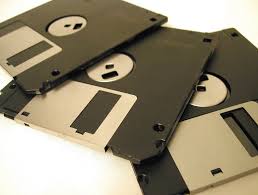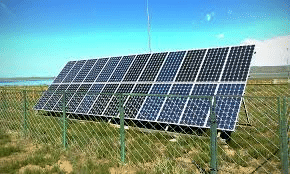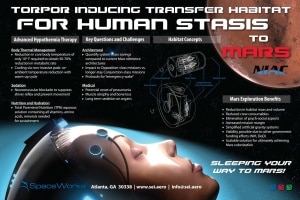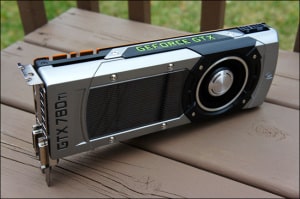There has been plenty of ink spilled over concerns regarding continual advances in technology affecting every aspect of our life, with many authors jumping to absurd conclusions that predict nothing short of doom. These hyperbolic musings frequently go too far, but even though the authors of these diatribes are usually dismissed as Luddites or as representatives of a simple anachronism, there might be some truth in their extreme warnings.
It is true that technology has pervaded nearly every aspect of our lives, and yet we do not quite understand the manner in which relying on technology affects our interpersonal relationships or our cognitive development. Even Pope Francis has conflicting views on the subject, warning that social media “can stop people from learning how to live wisely, to think deeply and to love generously.”
These kinds of statements have come from others as well, and there is something to be said for using technology in moderation. There is no iron-clad doctrine regarding what is too much and what is too little, but most people are sensible enough to recognize the frivolous use of technology. When it comes to personal interaction, face-to-face encounters should be prioritized over all else. It is rude to communicate via text or social media while in the company of others, and the result of this type of behavior — as Pope Francis suggested — is an adverse impact on the quality and depth of conversation.
That does not mean technology will ruin everything. It makes perfect sense, for example, to take full advantage of technology to develop a long-term investment strategy, and Kimra Bettasso of 401K Retire Logic is a perfect example of technological balance. The financial advisor uses technology to complement her vast knowledge and understanding of retirement strategies to assist clients rather than wholly relying on an automated system that may have design flaws.



 Well mars is about 180 days worth of travel, loading a crew, food, water, waste material, and fuel for all this time traveling is too costly and too dangerous for the future of space exploration. The way it works is by lowering a humans body temperature from the inside out to about 50-70% metabolic rate. Once there the subject is hooked up with nutrients fed by a drip system which will keep them alive and maintained until their destination. How cool is science!
Well mars is about 180 days worth of travel, loading a crew, food, water, waste material, and fuel for all this time traveling is too costly and too dangerous for the future of space exploration. The way it works is by lowering a humans body temperature from the inside out to about 50-70% metabolic rate. Once there the subject is hooked up with nutrients fed by a drip system which will keep them alive and maintained until their destination. How cool is science! gaming GPU on the planet. It delivers an extreme experience to game at the highest resolution at ultra settings with quiet, cool performance. CUDA cores range at 2880 MHz with a base clock of 876 but can be boosted to 928 MHz. Memory speed is 7.0gbps with 3 gigs onboard RAM. This card is built for heavy lifting and if it could talk it would say “Vince Malfitano do you even lift bro?”. The only other card that compares is the Radeon R9 290x and even then it falls about 2-4% lower than the 780.
gaming GPU on the planet. It delivers an extreme experience to game at the highest resolution at ultra settings with quiet, cool performance. CUDA cores range at 2880 MHz with a base clock of 876 but can be boosted to 928 MHz. Memory speed is 7.0gbps with 3 gigs onboard RAM. This card is built for heavy lifting and if it could talk it would say “Vince Malfitano do you even lift bro?”. The only other card that compares is the Radeon R9 290x and even then it falls about 2-4% lower than the 780.
